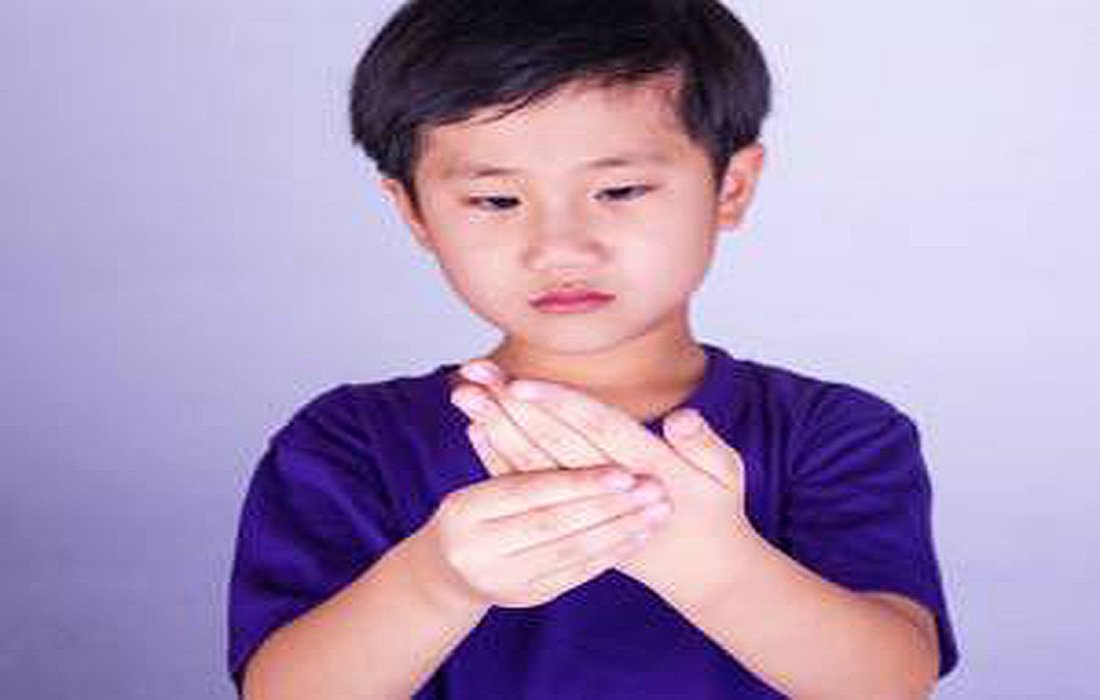All about Arthritis in Children or Joint Swelling in Teens
Being healthy cannot be replaced with anything else in life. Health is a valuable gift for everyone, often realized only when it is lost in old age.
The process of strengthening the immune system begins in adolescence and should continue throughout a person’s life. However, the same immune system that protects against diseases can also cause illness.

What is Pediatric and Adolescent Arthritis?
Juvenile arthritis, also known as rheumatic arthritis, is a condition that causes inflammation in the joints of children and young people under 16 years old.
This condition is an autoimmune disease, meaning the immune system attacks the body’s own healthy cells instead of foreign invaders, leading to internal inflammation.
The same happens with arthritis, and as mentioned earlier regarding health and wellness.SelMagzIn this disease, the joints become inflamed, causing persistent pain, swelling, stiffness, and reduced movement, which results in autoimmune issues, and this inflammation is a result of those internal processes.
Sometimes, an individual may show no external signs of inflammation, and only internal skin reactions could lead to issues like joint deformities or eye inflammation.
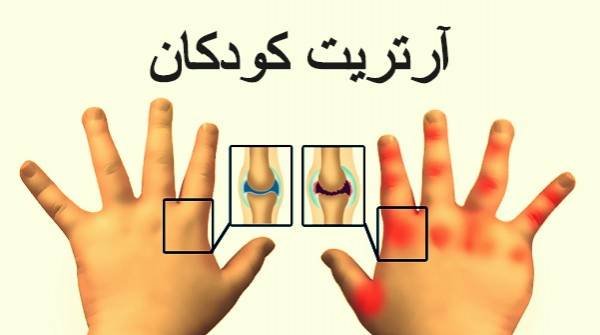
Types of Juvenile Arthritis
There are several different types of juvenile arthritis, the main types being:
Oligoarticular:
This is the most common type, starting around ages 2 to 4, affecting more than four large joints, such as the major joints in the knees and ankles.
Polyarticular:
This occurs in children aged between 1 to 12 years and involves five or more joints that are symmetrically located in the body, such as the fingers, ankles, hips, knees, neck, and jaw.
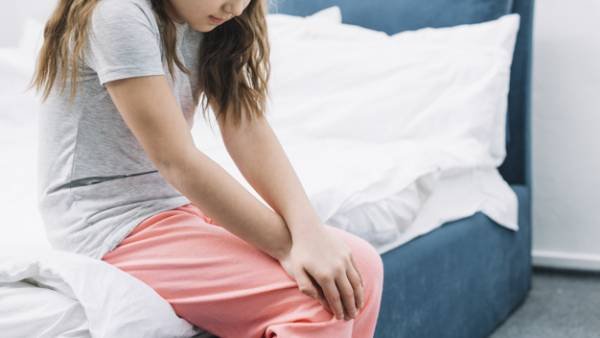
S systemic:
This type affects the joints, causing inflammation, redness, swelling of the glands, and fatigue, impacting areas where bones and tendons meet, such as the heels, hips, spine, knees, and ankles.
Psoriatic:
This affects the skin similarly to the joints, causing redness.
Causes of Arthritis in Childhood and Adolescence
- Genetic factors
- Environmental factors, such as viruses that cause genetic mutations and disease suppression.
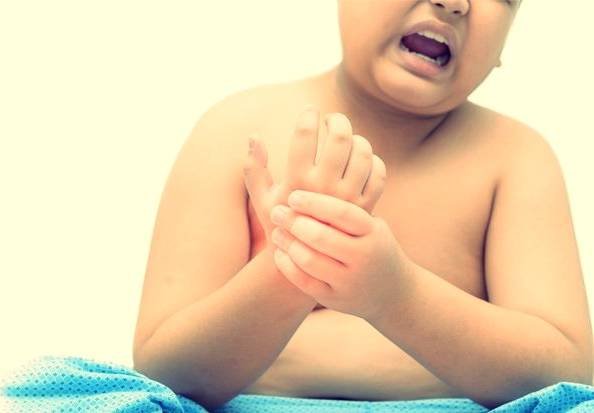
How is Juvenile Arthritis Diagnosed?
A few cases of juvenile arthritis show no symptoms, making diagnosis difficult in children. Usually, when children complain of joint pains, doctors examine them. In such situations, diagnosis can be made through the following tests.
Ways to Diagnose Juvenile Arthritis
- Blood tests
- Urine tests
- Medical history review
- Tests for rheumatic factors
- Biopsy
- X-rays or MRIs to check for fractures, tumors, or infections
- Genetic defects
- Bone marrow tests

What are the symptoms of Juvenile Arthritis?
- Any pain or walking difficulties, especially after a short nap or upon waking.
- Swelling in the knee joint that may spread to other areas.
- Joint stiffness, which can cause children to fall, is especially more noticeable in the early morning and after resting.
- Fever, skin redness
- Swollen lymph nodes that worsen in the evening
- Redness of the eyesandeye painblurred vision
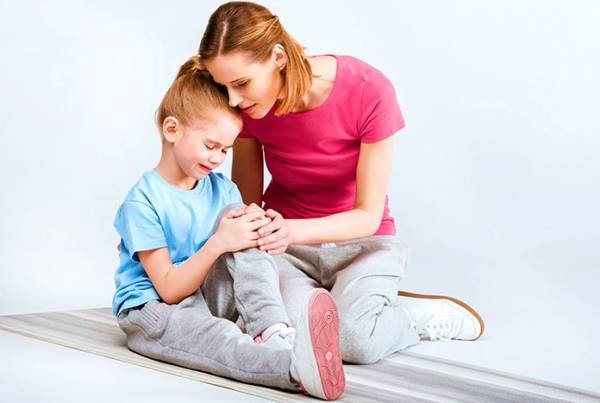
Treatment of Juvenile Arthritis
The goal of treating this disease is to help children maintain normal activity. Some lifestyle changes can improve children’s conditions, including:
Eating a healthy diet:
Foods rich in omega oils, such as fish,olive oilhigh-fiber foods, green vegetables, fruits, and baby food that is beneficial for children.
Maintaining a healthy weight:
These children should be monitored to avoidweight gainas it would put more pressure on their joints.
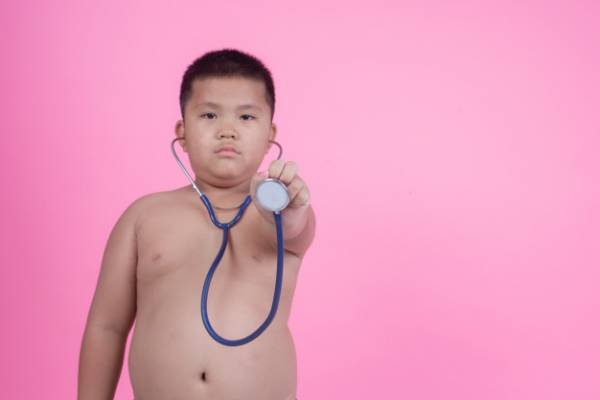
Avoidingstress:Youths under 16 are particularly vulnerable to
depressionespecially when they have an illness and experience pain. Therefore, their mental well-being should be closely watched.Other treatment methods:
Avoid all foods high in fat and cholesterol.
- Engage in regular exercise to improve overall body health.
- Applying cold or hot compresses is recommended to alleviate pain in these children.
- Additional supplements may be prescribed by doctors if there is a deficiency of a vitamin or essential substance in the body.
- Regular medication intake.
- Regular visits to the doctor.
- Childhood illnesses



